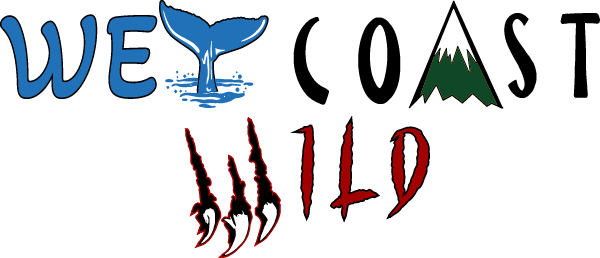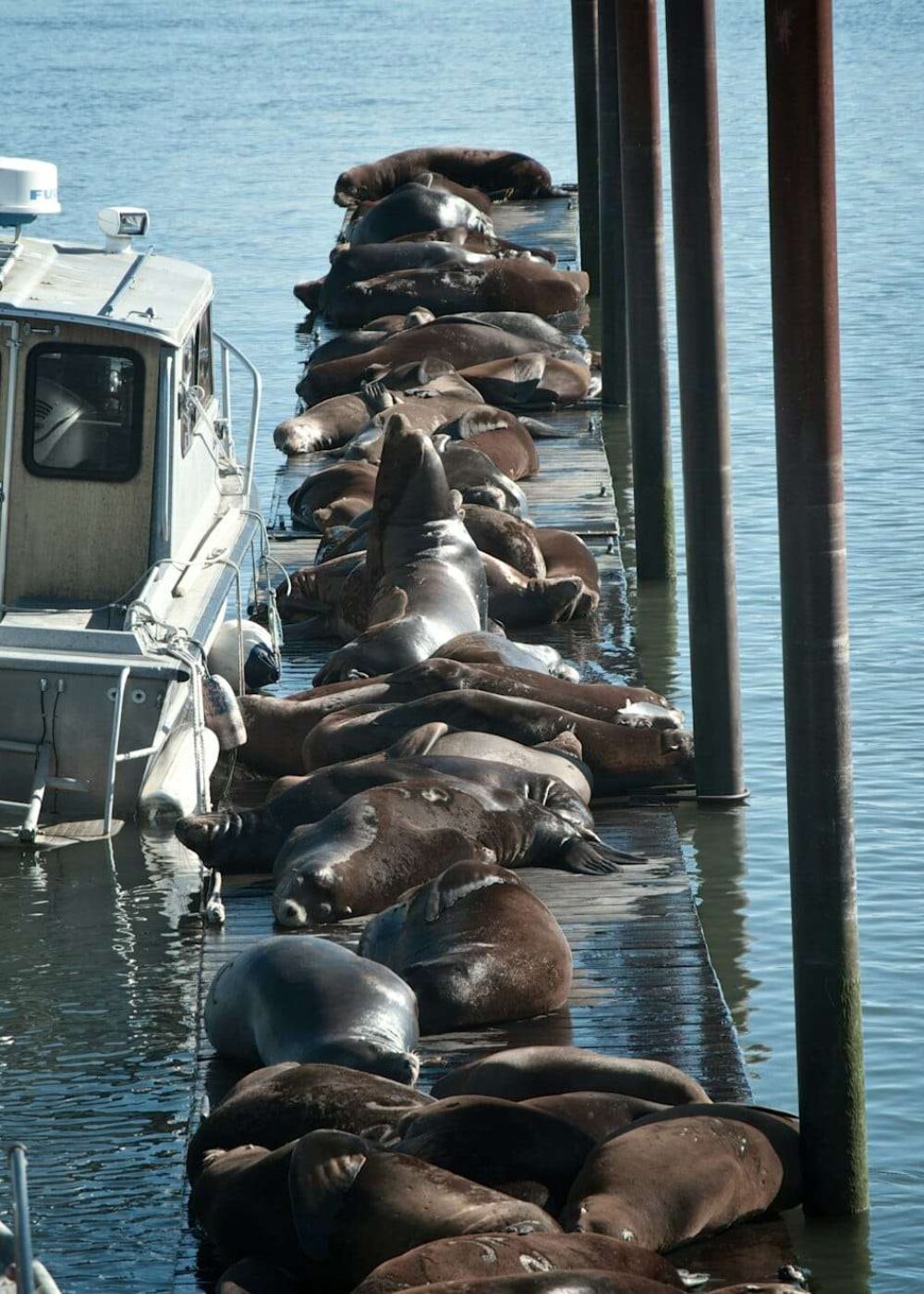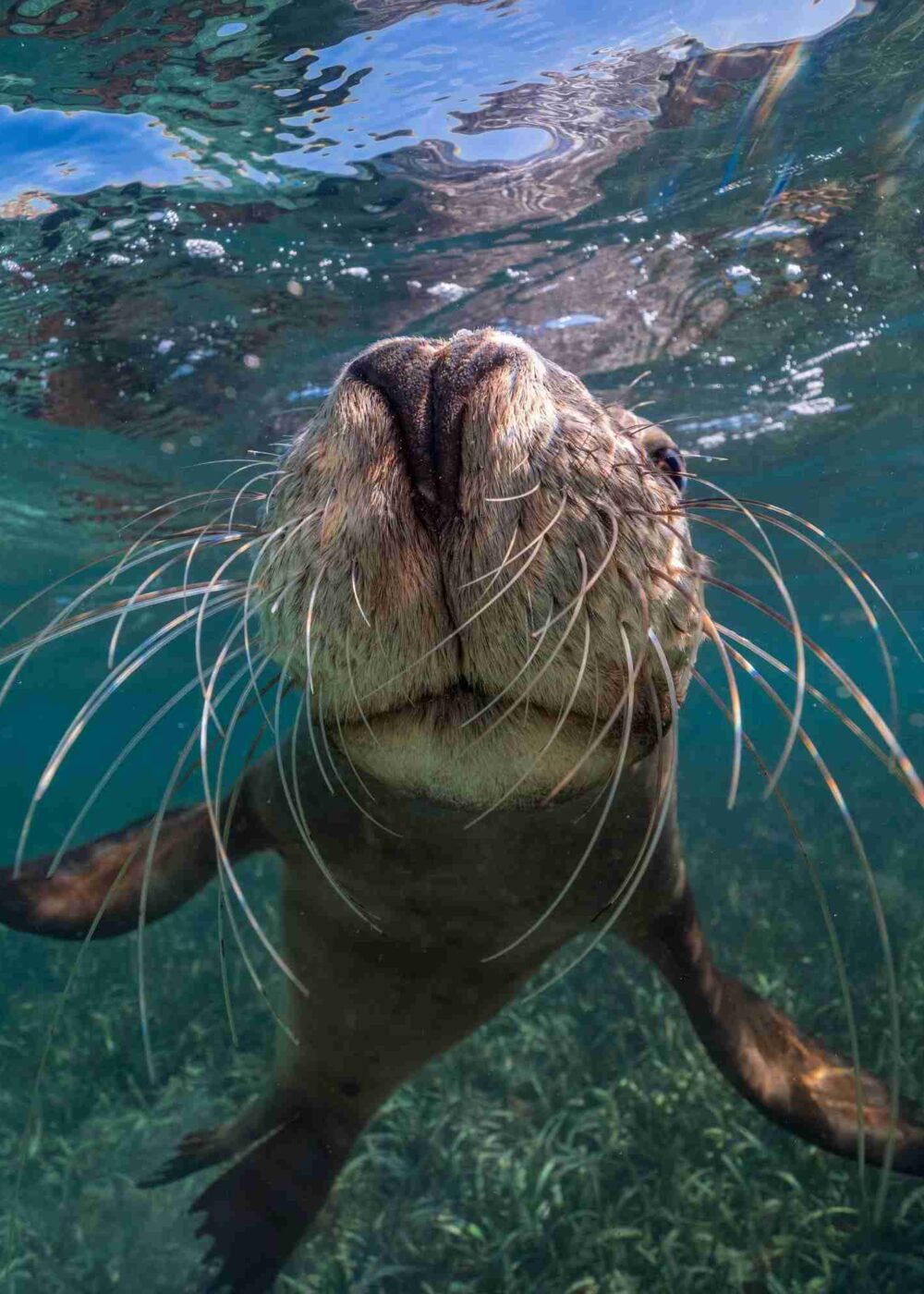Steller Sea Lions Around Vancouver Island
With their robust physique and distinctive roars, the Steller Sea Lions around Vancouver Island represent a vital part of the region’s marine biodiversity. These majestic creatures are an essential element of the marine ecosystem, influencing and being influenced by the environment in which they live.
Their behavioural patterns, dietary habits, and reproductive cycles offer intriguing insights into their resilience and adaptability. Furthermore, their interaction with humans in this locale has a significant cultural and ecological impact.
This guide provides an in-depth exploration of the Steller Sea Lions in their natural habitat around Vancouver Island, illuminating the importance of their conservation and their role in maintaining the balance of marine life.



